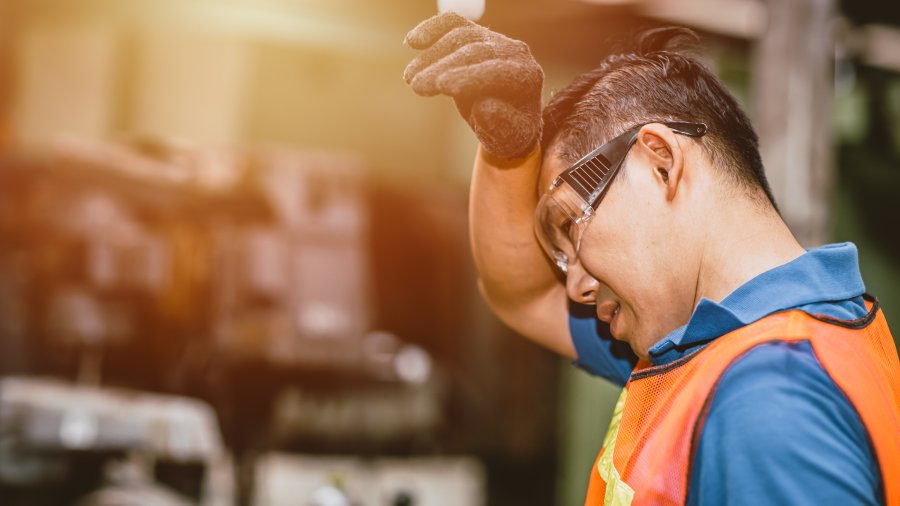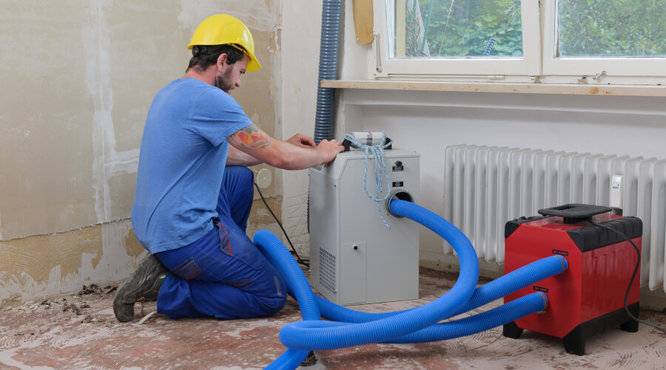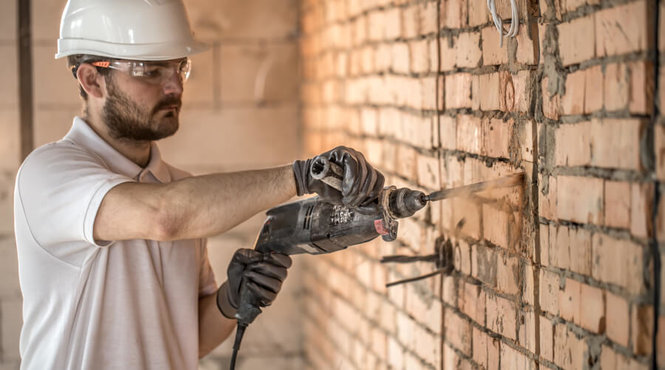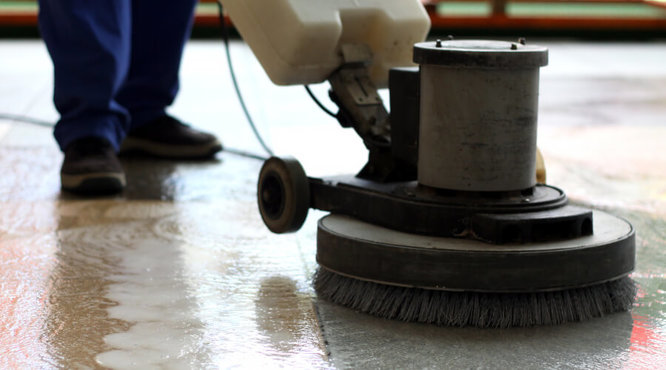How to Keep Cool at Work During Summer
If you’re searching for tips on how to keep cool at work, things are probably getting a bit stuffy already. Sadly, when it comes to your job, if you can't take the heat, you can't always just stay out of the kitchen. Or office. Or construction site...
But, there are ways and means to overcome such problems. If you want to keep cool at work, or make sure that your staff are comfortable, happy, and healthy as it gets warmer, there are loads of hints and tips.
Why's it so important? Working in the heat can cause fatigue, stress, and contribute to irritability, a lack of focus, and eventual mistakes. The severity of a mistake can vary, of course; it could be an error that can be fixed when spotted, but it could just as easily be something serious. Heat can also has physical effects, resulting in dizziness, dehydration, exhaustion, and even heatstroke. It's not worth taking the risk.
The Workplace (Health, Safety and Welfare) Regulations state that employers must provide a reasonable indoor temperature for their workplace, taking into account the nature of the work and environmental conditions. The Approved Code of Practice on the regulation recommends a minimum indoor working temperature of 16°C, or 13°C if the work involves demanding physical activity.
The Construction (Design and Management) Regulations require reasonable indoor temperatures on construction sites, and outdoor sites must supply protection against adverse weather, while the temperature of the site's rest areas must be regulated.
If you keep reading, you’ll find some advice of keeping cool, whether you work in the office, an industrial area, outdoors, or at home.
First, here’s an overview of different types of climate equipment available, giving you an idea of what you could use to lower the temperature in specific area.
Air Conditioners
Air conditioning units are compact, portable, easy to use, and perfect for offices, commercial spaces, retail spaces, homes, and more. They draw warm air in, pass it through a refrigerant system which causes the warm air to condensate, which removes moisture from the air, cooling it down. After that, fans push the cooler air is then circulated back out into the space by an inbuilt fan, while the leftover warm air and a large volume of the moisture is exhausted outside via ducting. You can vent ducting out through a window, although the process works best if you seal the room and use a window kit.
Some people are lucky enough to work somewhere with split air conditioning units, which can be very effective.
Evaporative Air Coolers
Evaporative coolers use a natural process of evaporation to lower air temperature. That's the conversion of liquid water into vapor using the thermal energy in the air, if you're interested. Their internal fans draw warm air in, passing it through wet cooling pads, which causes water droplets to evaporate The evaporation reduces the temperature of the air in a natural way, making it more comfortable. More fans then blow this cooler air back out of the machine.
Fans
A classic, but a goodie; cooling fans are ideal for keeping work environments cool during warm periods or for cooling areas where there's equipment that gives off heat. They can also be used as a great source of ventilation in stale and stuffy work environments.
How to Keep Cool when Working in Hot Weather
1. Wear light Clothing.
Wearing lightweight, breathable fabrics and lighter colours can make a massive difference, and they'll help to keep you cooler on your commute, in the office, or at home. Depending on your workplaces dress code, you might be able to wear dresses, shorts, and t-shirts in the office, but if the rules are more rigid, cotton and linen clothing are a good choice.
If you're working outside, it's best to cover exposed skin with lose fitting clothing to protect yourself from the sun.
2. Keep hydrated.
Drinking plenty of water and fluids is a must no matter where you work or what you do. Make sure you always have a bottle of cool water available, taking a drink every twenty minutes, or regular sips. Fruit juices are also good if you struggle drinking enough water, as is eating fruits, salads, and vegetables.
3. Avoid caffeine.
As well as consuming more water, you should look to avoid caffeinated drinks like tea and coffee. You might be tempted to get a little boost if the heat is tiring you out, but they could make you feel more stressed, and they also dehydrate you.
4. Take regular breaks.
If you're doing jobs that take it out of you either mentally or physically, make sure to take regulaer breaks. If you're working in a hot warehouse or factory or outside, make sure you spend breaks in disignated, ventilated rest areas, or in the shade.
5. Block out the sun.
Although you might be tempted to open your blinds and curtains and have your windows wide open, you'll actually be letting warmer air into your space. It's best to close your blinds and curtains before sunrise to block out the sunrays before they start to heat your rooms.
6. Control your climate.
Many offices have air conditioning, warehouses and factories should have ventialtion fans, and you can use fans and portable air conditioners anywhere indoors. If you're working outdoors or in a sheltered area, like a terrace, you can't use air conditioners, fans could help circulate the air, but evaporative coolers work best.
7. Fake advantage of flexibility.
If your workplace offers flexibilty, you could alter your working patterns to start earlier in the morning or later in the evening. If you work from home, or remotely, you could even alter where you work, if the space you usually use is stuffy or uncomfortable.






